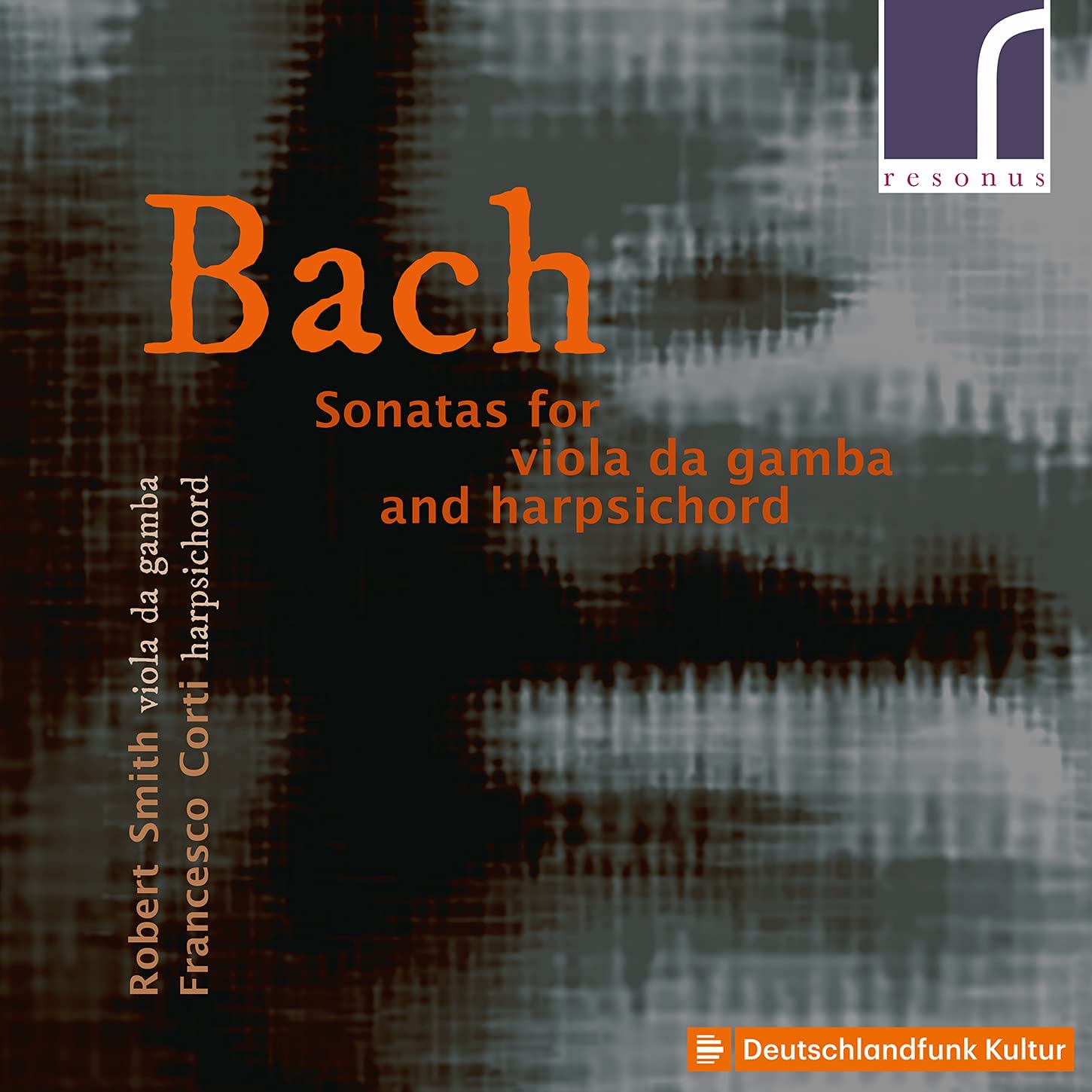Robert Smith viola da gamba, Francesco Corti harpsichord
62:51
resonus RES10278
Click HERE to buy this on amazon.co.uk
[These sponsored links help the site remain alive and FREE!]
This is a beautiful CD, and I recommend it wholeheartedly. Both performers are wonderful players and seem instinctively at home playing together. Smith’s poise, fluency and eloquence are matched by Corti’s impeccable sense of timing, where nothing is rushed but everything sparkles: they must have enjoyed making this recording immensely: listening to it repeatedly will not only be endlessly invigorating but forever reinforcing the cardinal skill of how to attend to each other. Smith plays a gamba by Pierre Bohr after Colichon and Corti a copy of a Mietke by Christoph Kern.
A bit of a mystery surrounds the gamba sonatas: once thought to date to that fertile period for chamber music in Cöthen, they now seem to be later, and perhaps part of Bach’s endless reinvention of his compositions in a variety of forms. In spite of what we know of the household’s music-making, so few trio sonatas seem to survive: was the double concerto in D minor for two violins originally a trio sonata for two violins and continuo? And were the Trio Sonatas for organ never played at home on a variety of melodic instruments? The opening movement of Sonata IV (BWV 528) had a previous life as the sinfonia for oboe d’amore and gamba that opened the second part of BWV 76 that dates from 1723. Bach was clearly a pioneer in trio sonatas where a single instrument is paired with the two hands of a Klavier, and the G major gamba sonata exists in an earlier form for two traversi and continuo. In these three sonatas, almost every style seems to get an airing, and while the fast movements reveal the players’ skills, the slow movements show just how far they can enter into each other’s emotional space.
Some of the sense of the unexpected is given to this CD by an additional sonata for gamba and harpsichord by Christopher Schaffrath (c.1710-1763). This three-movement sonata is in the lighter gallant style and provides a contrast to the Bach sonatas; but an even greater contrast is provided by Robert Smith’s own Dido’s Torment – a five-minute charged improvisatory solo, reminding us of the gamba’s history in the hands of Marin Marais and others as a favoured instrument for solo, late-night meditative playing.
But it is their Bach that is so memorable: no-one should be without it.
David Stancliffe
